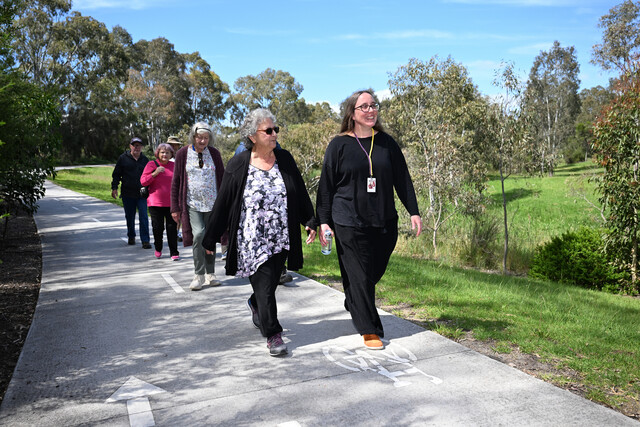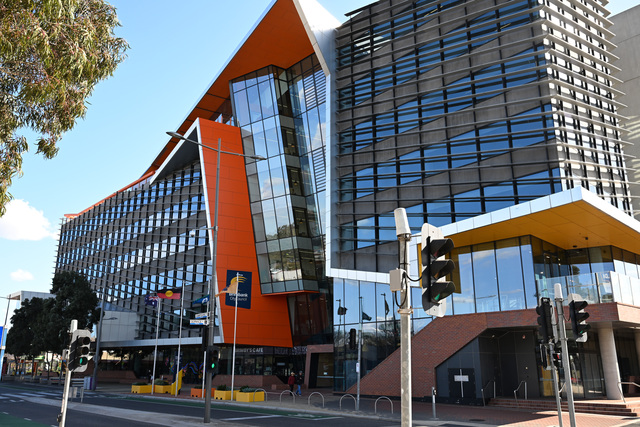Australia’s most underrated wine, riesling, is also our most refreshing.
Riesling is Australia’s most cellared white wine – its racy, refreshing citrus acidity sets it up to age gracefully – but more people reach for a glass of sav blanc or pinot grigio over a fresh, young riesling on a hot day.
It’s dry riesling all the way for me when the temperature soars and, the colder it’s served, the better. I’ve even been known to make icy poles out of riesling. But there’s a trade-off when riesling is served so cold because the wine’s beautiful, floral aromas and fragrance are sacrificed for icy refreshment.
Riesling is a noble grape and has a terrific ability to display its sense of place and, as such, it tastes different all around Australia. Here’s a guide to what Australian riesling smells and tastes like.
Clare Valley
South Australia’s Clare is broken up into two distinct areas – Watervale and Polish Hill River – and their rieslings are quite different.
In Polish Hill, slate and rock dominate the soil and the vines tend to struggle – winemakers tell of the vines and leaves being almost half the size of those in neighbouring Watervale. Citrus and lime flavours are found in Watervale’s rieslings and you’ll find musk and bath salt elements in the examples from Polish Hill River.
Eden Valley
Neighbouring the Barossa Valley in South Australia, riesling from the Eden’s south near the Adelaide Hills tends to contain lime and herbaceous characters. Moving north, the wines develop floral aromas underpinned by zesty lime. Approaching the region’s northern tip, its riesling tends towards tropical fruits and pineapple.
Canberra
A range of soil types and aspects means the flavours vary widely in our capital’s riesling but Canberra’s high altitude – ranging from 550 metres to about 900 metres – gives the region loads of natural acidity. This makes for crisp, refreshing wines with purity of flavours.
Western Victoria
Despite a hotbed of bushfires each summer, few know that the vineyards of Western Victoria are some of Australia’s coldest. Vines at the southern end of the Grampians, around Henty and Drumborg, are planted over limestone, which gives the wines a fine gravelly minerality. Moving north to Great Western, where riesling was first planted by the Best family in the 1860s, the wines, grown on granite-based soils, are chalky and filled with citrus characters. They age well, too.
Great Southern
A large area on Western Australia’s southern tip, Great Southern covers several sub-regions and is home to some established producers and an exciting new breed of winemakers. The fingerprint on the region’s riesling is lemon – as blossom, juice and zest form.
Tasmania
Riesling was one of the first grapes planted in Tasmania, although it’s pinot noir and chardonnay that now capture all the headlines. The vines that have survived – many have been grafted over to other varieties – now have some decent age to them and make some serious wines. Vibrant acidity and juicy lime flavours dominate.
Riesling Downunder festival
If you find yourself at a loose end this Sunday, head down to Peninsula at Docklands for Riesling Riot, the first event of the three-day festival Riesling Downunder. An entry fee of $65 gets you access to riesling from 70 producers, including many from overseas. Visit rieslingdownunder.com.au for more information.







